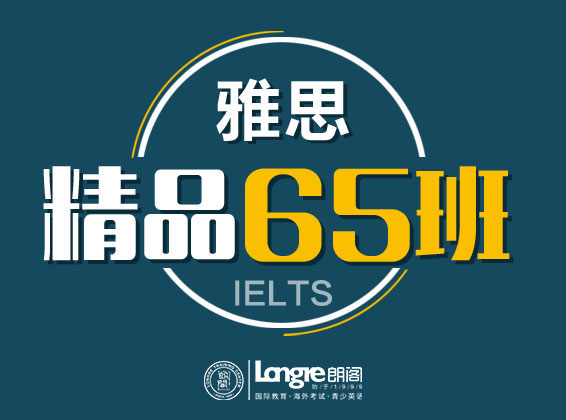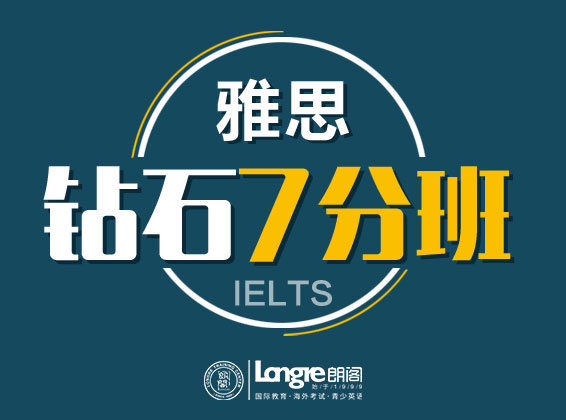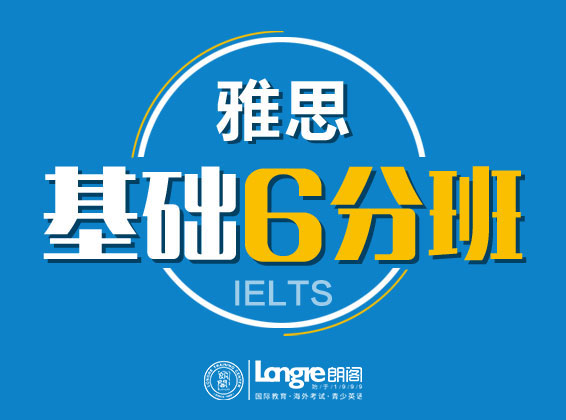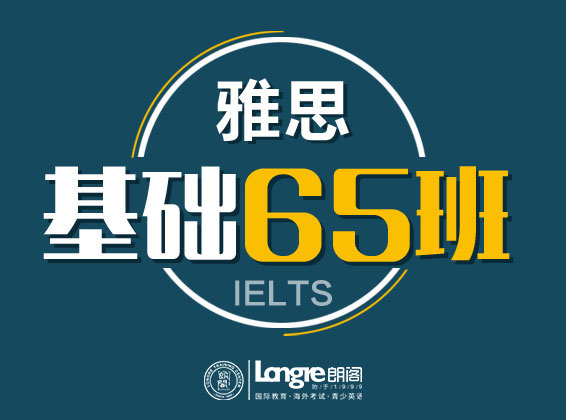|
今天南京朗阁雅思小编带大家回忆一下2020年11月14日雅思阅读考题,备考的同学们一定要多做真题哦,祝大家都取得高高的成绩哦。如果想要了解朗阁南京雅思培训班的可以在线咨询哦,送免费试听课。 P1 古代鞋子 P2 儿童文学 P3 增加休闲时间的运动 朗阁教师孙景楠点评 1. 本次考试难度中等。 2. 整体分析:涉及技术文化类(P1)、文学艺术类(P2)、科学类(P3)。 本场考试三篇文章整体来看题型填空题比重较大,配对题主要为关系匹配,第一篇共两个题型(判断和填空),定位比较轻松,话题比较易懂;第二篇文章为旧题,话题比较陌生;第三篇为新题,共两个题型,说明性质文体,但话题不够熟悉,行文方式学术化较强,难度略高。 3. 主要题型:本次考试配对题型比例较低,主要出现在第二篇中,但细节题比例依旧维持之前考试风格,第一篇及第三篇无论填空还是判断,都比较好定位。 4. 文章分析:第一篇主要对古代的一种鞋子的功能介绍及文化背景了解; 第二篇文章讲述儿童文学的发展以及特点; 第三篇介绍如何在休闲时间增加运动; 5. 部分答案及参考文章: Passage 1: 题型:判断+填空 文章待补充 Passage 2: 原文重现: Stories and poems aimed at children have an exceedingly long history:lullabies, for example, were sung in Roman times, and a few nursery games and rhymes are almost as ancient. Yet so far as written-down literature is concerned, while there were stories in print before 1700 that children often seized on when they had the chance, such as translations of Aesop’s fables, fairy-stories and popular ballads and romances, these were not aimed at young people in particular. Since the only genuinely child-oriented literature at this time would have been a few instructional works to help with reading and general knowledge, plus the odd Puritanical tract as an aid to morality, the only course for keen child readers was to read adult literature. This still occurs today, especially with adult thrillers or romances that include more exciting, graphic detail than is normally found in the literature for younger readers. By the middle of the 18th century there were enough eager child readers, and enough parents glad to cater to this interest, for publishers to specialize in children’s books whose first aim was pleasure rather than education or morality. In Britain, a London merchant named Thomas Boreham produced Cajanus, The Swedish Giant in 1742, while the more famous John Newbery published A Little Pretty Pocket Book in 1744.1ts contents—rhymes, stories, children’s games plus a free gift (‘A ball and a pincushion’)——in many ways anticipated the similar lucky-dip contents of children’s annuals this century. It is a tribute to Newbery’s flair that he hit upon a winning formula quite so quickly, to be pirated almost immediately in America. Such pleasing levity was not to last. Influenced by Rousseau, whose Emile(1762) decreed that all books for children save Robinson Crusoe were a dangerous diversion, contemporary critics saw to it that children’s literature should be instructive and uplifting. Prominent among such voices was Mrs. Sarah Trimmer, whose magazine The Guardian of Education (1802) carried the first regular reviews of children’s books. It was she who condemned fairy-tales for their violence and general absurdity; her own stories, Fabulous Histories (1786) described talking animals who were always models of sense and decorum. So the moral story for children was always threatened from within, given the way children have of drawing out entertainment from the sternest moralist. But the greatest blow to the improving children’s book was to come from an unlikely source indeed: early 19th century interest in folklore. Both nursery rhymes, selected by James Orchard Halliwell for a folklore society in 1842, and collection of fairy-stories by the scholarly Grimm brothers, swiftly translated into English in 1823,soon rocket to popularity with the young, quickly leading to new editions, each one more child-centered than the last. From now on younger children could expect stories written for their particular interest and with the needs of their own limited experience of life kept well to the fore. What eventually determined the reading of older children was often not the availability of special children’s literature as such but access to books that contained characters, such as young people or animals, with whom they could more easily empathize, or action, such as exploring or fighting, that made few demands on adult maturity or understanding. The final apotheosis of literary childhood as something to be protected from unpleasant reality came with the arrival in the late 1930s of child-centered best-sellers intend on entertainment at its most escapist. In Britain novelist such as Enid Blyton and Richmal Crompton described children who were always free to have the most unlikely adventures, secure in the knowledge that nothing bad could ever happen to them in the end. The fact that war broke out again during her books’ greatest popularity fails to register at all in the self-enclosed world inhabited by Enid Blyton’s young characters. Reaction against such dream-worlds was inevitable after World War II, coinciding with the growth of paperback sales, children’s libraries and a new spirit of moral and social concern. Urged on by committed publishers and progressive librarians, writers slowly began to explore new areas of interest while also shifting the settings of their plots from the middle-class world to which their chiefly adult patrons had always previously belonged. Critical emphasis, during this development, has been divided. For some the most important task was to rid children’s books of the social prejudice and exclusiveness no longer found acceptable. Others concentrated more on the positive achievements of contemporary children’s literature. That writers of these works are now often recommended to the attentions of adult as well as child readers echoes the 19th-century belief that children’s literature can be shared by the generations, rather than being a defensive barrier between childhood and the necessary growth towards adult understanding. 填空: 14. stories 15. America 16. folklore 17. fairy tales 18. adventures 匹配: 19. Thomas:was not a writer originally 20. Sara:wrote criticism of children’s literature 21. Grimm:didn’t write in English 判断: 22. F 23. T 24. NG 25. T 26. T Passage 3: 题型:填空+单选 文章内容待补充 考试预测 1. 2020年11月第三场考试,难度并没有太大变化,本月还未出现句子完成配对,考生应着重准备。在接下来考试中,在保证细节题型能够快速定位的前提下,尝试多找替换,结合上下文理解做题,考生要注意有可能出现大量配对题型集中的情况,不要过分依赖定位技巧,多练习理解定位。 2. 下场考试的话题可能有关环境类,技术类,教育类。 3. 重点浏览2015年机经。 (责任编辑:jasmine) |
文中图片素材来源网络,如有侵权请联系删除







